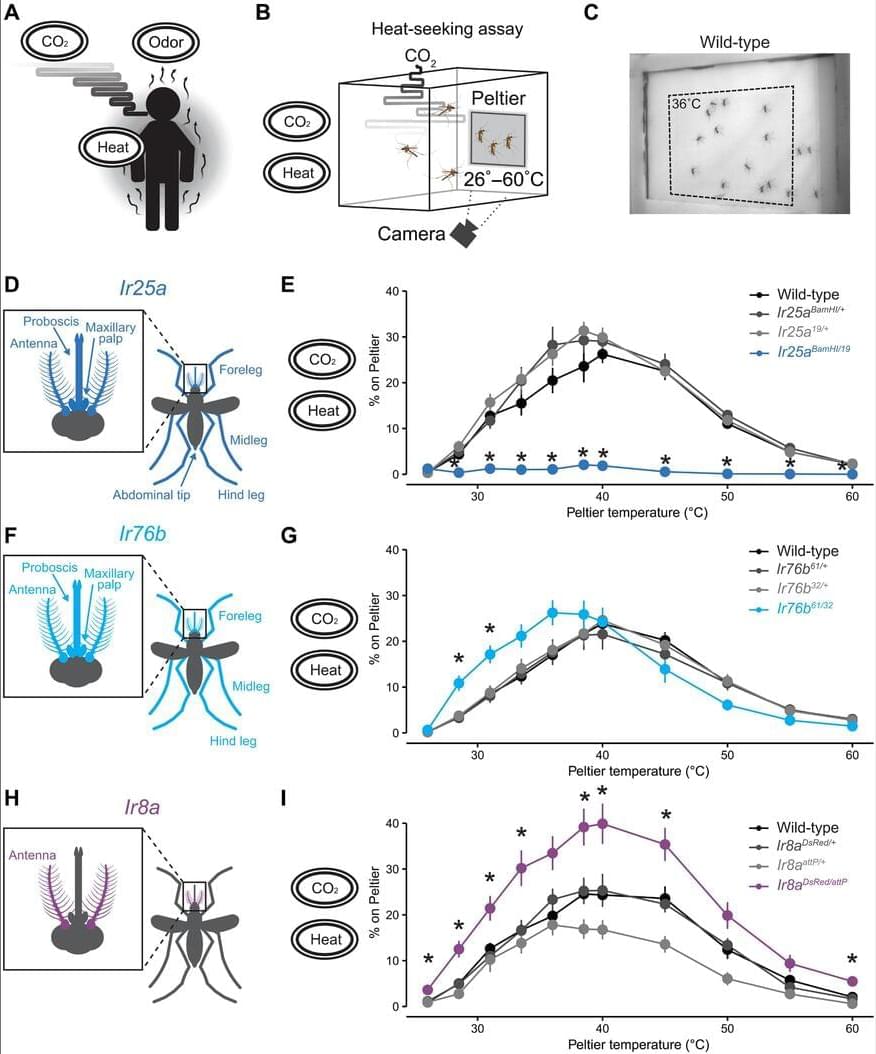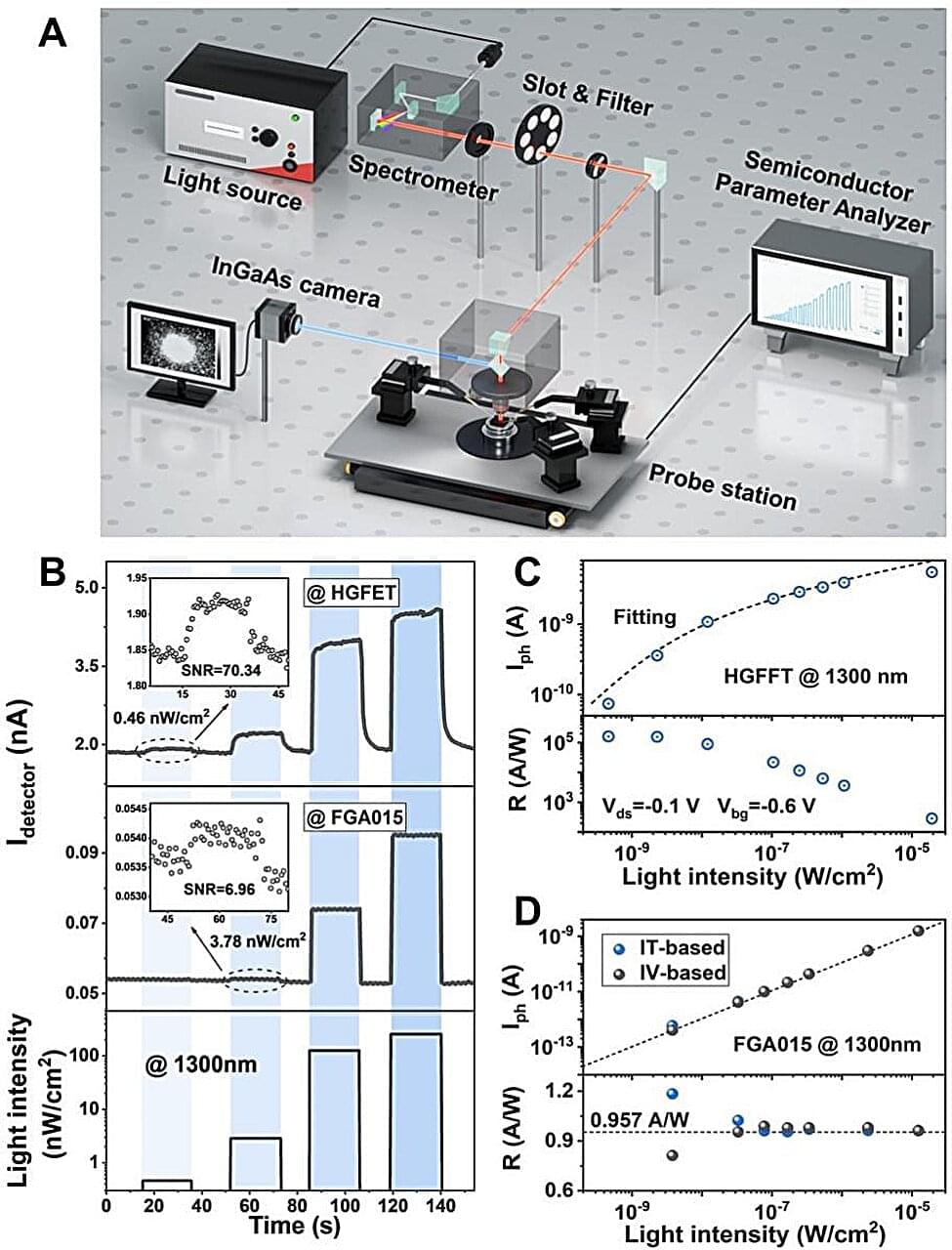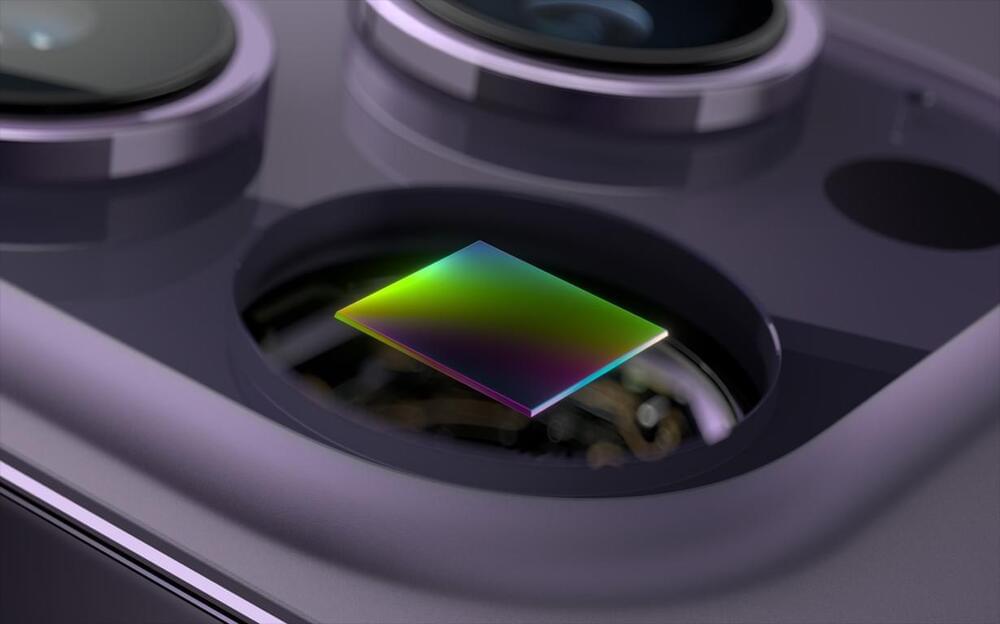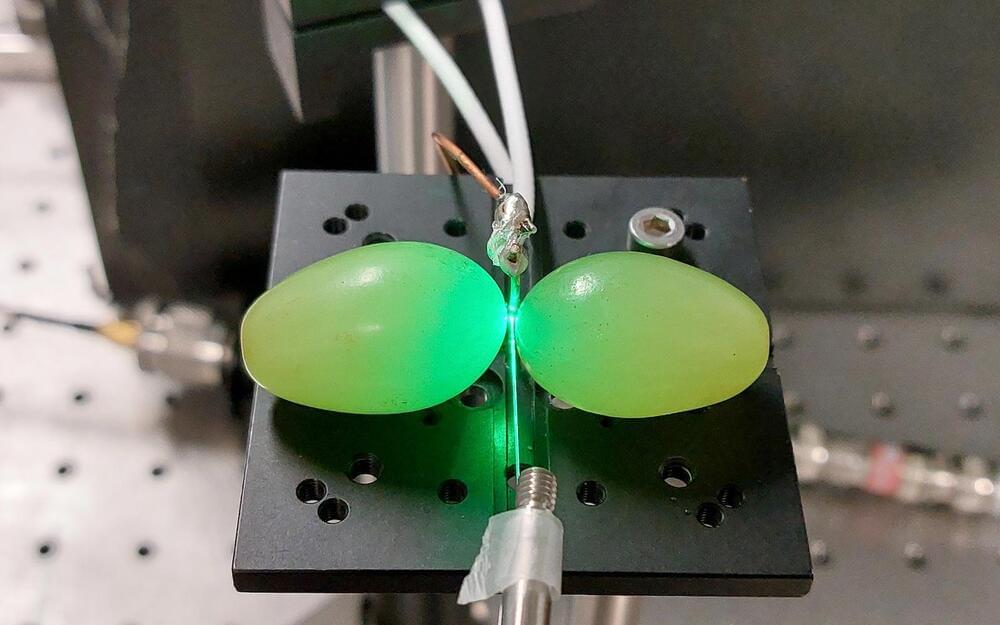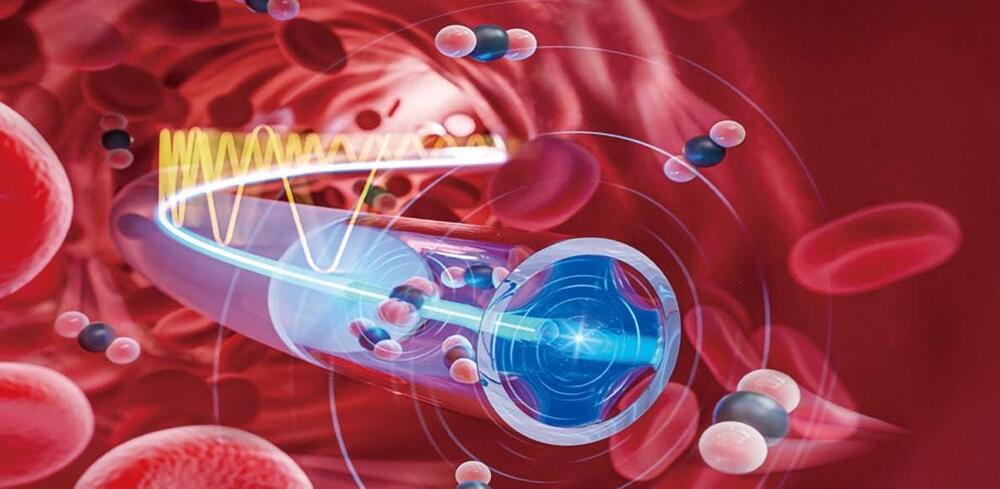When unable to smell prey, female Aedes aegypti mosquitoes turn to—and upregulate—heat sensors in their legs, new Science Advances research finds.
Fig. 2. Orco mutant mosquitoes display enhanced heat-seeking behavior.
(A) Schematic of female body parts that express Orco. (B) Heatmaps showing mean mosquito occupancy for the indicated genotypes on the Peltier (dotted lines) and surrounding area at indicated Peltier temperature during seconds 90 to 180 of each stimulus period. © Mean ± SEM percentage of mosquitoes of indicated genotypes on Peltier (top) during the 36°C trial (bottom). A 20-s pulse of CO2 was applied at the beginning of each stimulus period. (D) Percent of mosquitoes of indicated genotypes on Peltier during seconds 90 to 180 of stimuli of indicated temperature (mean ± SEM, n = 9 trials per genotype; data points marked with indicate that the mutant differs significantly from all other tested genotypes within each tested temperature at P < 0.05; one-way ANOVA with Tukey’s HSD post hoc test). (E to G) Mean dwell time (E), landing frequency (F), and take-off frequency (G) of indicated genotypes on the Peltier surface during the 36°C trial (n = 9 trials per genotype).
